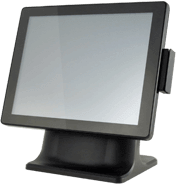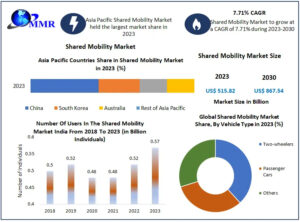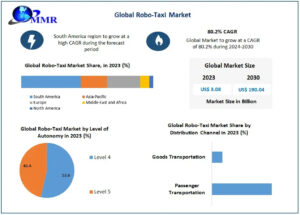
Understanding the Basics: What is a POS Machine and How Does it Work?
In the fast-paced world of retail and hospitality, efficiency and accuracy are key. This is where Point of Sale (POS) machines come into play. But what exactly is a POS machine, and how does it function? In this introductory guide, we’ll break down the basics of POS machines, exploring their components, how they work, and their crucial role in modern business settings.
What is a POS Machine?
A Point of Sale (POS) machine is a crucial component in the transaction process at retail stores, restaurants, and other service-oriented businesses. It’s the system where sales transactions are processed, and payments are made. Historically, POS machines were simply cash registers, but with technological advancements, they have evolved into sophisticated systems with numerous features.
A modern POS machine typically includes:
- Hardware Components: Such as a touchscreen or monitor, cash drawer, receipt printer, barcode scanner, and payment terminal.
- Software Components: The POS software that manages sales transactions, inventory, customer data, and reporting.
How Does a POS Machine Work?
Here’s a step-by-step breakdown of how a Point of Sale machine functions:
- Product Selection:
- The process begins when a cashier or sales associate selects items for purchase. This can be done by scanning barcodes with a barcode scanner or manually entering product codes into the system.
- Price Calculation:
- The POS software retrieves the price of each item from the database, calculates the total cost of the transaction, and applies any applicable taxes or discounts.
- Payment Processing:
- Once the total is calculated, the customer can choose their payment method. The POS system can handle various payment options, including cash, credit/debit cards, mobile payments, and digital wallets.
- For card payments, the POS machine communicates with payment processors and banks to authorize and process the transaction securely.
- Receipt Generation:
- After payment is confirmed, the POS system generates a receipt. This can be printed out using a receipt printer or sent electronically to the customer’s email or phone.
- Inventory Management:
- Simultaneously, the POS system updates the inventory in real time, subtracting the sold items from the stock. This helps in keeping accurate inventory records and facilitates reordering when stock levels are low.
- Reporting and Analytics:
- POS systems collect data from transactions and generate reports on sales, inventory, and customer behavior. This information is crucial for business decision-making and strategy planning.
The Role of POS Machines in Modern Retail and Hospitality
**1. Enhanced Efficiency:
- POS machines streamline the checkout process, reducing wait times for customers and minimizing human error. Features like barcode scanning and automatic calculations speed up transactions and ensure accuracy.
**2. Better Inventory Management:
- With real-time inventory tracking, businesses can avoid overstocking or running out of products. Accurate inventory data helps in maintaining optimal stock levels and planning for future needs.
**3. Improved Customer Experience:
- Modern POS systems offer a range of features that enhance the customer experience, such as loyalty programs, personalized promotions, and efficient service. Quick and accurate transactions lead to higher customer satisfaction.
**4. Comprehensive Reporting:
- POS systems provide detailed sales reports and analytics, helping businesses track performance, identify trends, and make informed decisions. This data can be used for financial planning and marketing strategies.
**5. Integration Capabilities:
- Many POS systems can integrate with other business tools, such as accounting software, CRM systems, and e-commerce platforms. This integration ensures seamless data flow across different aspects of the business.
Conclusion
POS machines are indispensable tools in the retail and hospitality industries, transforming the way transactions are handled and providing valuable insights into business operations. Understanding how these systems work and their benefits can help businesses make informed decisions about implementing or upgrading their POS solutions. Whether you’re a small business owner or part of a large organization, leveraging the power of a modern POS machine can enhance efficiency, improve customer experience, and drive overall success.



